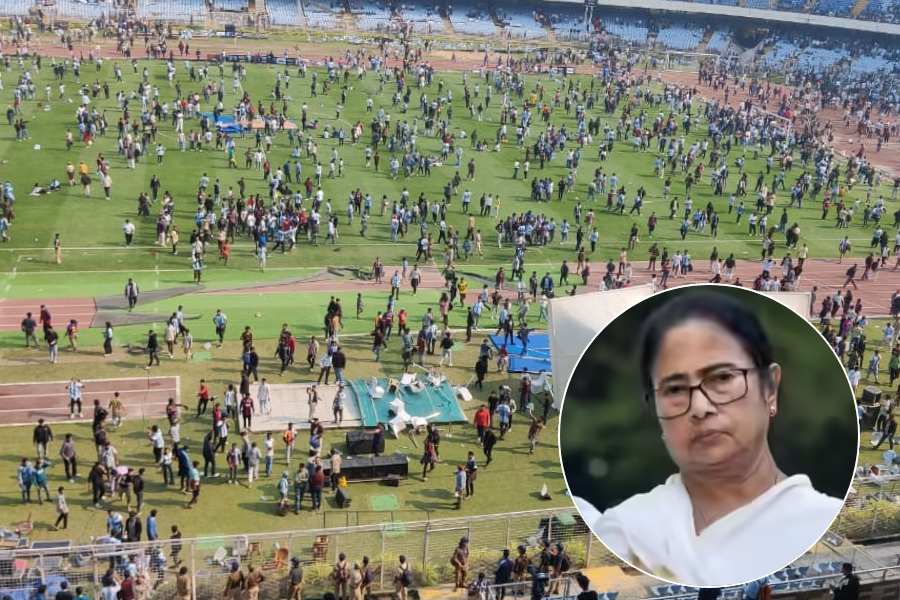New Delhi, Aug. 6: In a sharp break with earlier practice, the telecom regulator today chose to seek public opinion and the views of the telecom operators before lobbing the ball to the government to decide on how best to implement the unified licensing regime.
The Telecom Regulatory Authority of India (Trai) today issued its draft recommendations on Unified Licensing Regime and sought comments from the public and stakeholders by August 20.
Trai member D. P. S Seth said, “In view of the major impact that this policy document will have on the information, communication and technology (ICT) industry, we have decided to make a departure from the usual practice by seeking the comments, if any, of stakeholders before submitting the recommendations to the government.”
Last October, Trai had suggested to the government that the unified licensing regime should be implemented in two stages. The first phase would cover the issue of unified access service license (UASL) at the circle level (which has already been implemented). In the second phase, the unified licensing regime would be established.
The key objective of the unified licensing/authorisation regime is to encourage free growth of new applications and services leveraging on technological developments in the ICT area.
Other important objectives are to simplify the procedure of licensing in the telecom sector, ensure flexibility, encourage efficient small operators to cover niche areas, particularly rural, remote areas and also areas where telecommunication facilities are less developed. Also ensure easy entry, level playing field and ‘no worse off’ situation for existing operators.
A preliminary consultation paper and subsequently a final consultation paper were issued to obtain comprehensive inputs from all the stakeholders. Open House discussions were also held in this regard based on the comments received in the consultation process and its own analysis.
Trai has proposed three categories of licenses. The first category would be a unified licence for all public networks, including switched networks, irrespective of media and technology, capable of offering voice and/or non-voice (data services). Internet telephony shall be covered under this category.
The second category is a class licence that will cover all services, including satellite services, which do not have both way connectivity with public networks. The concept of niche operators is being included to promote growth of telecom services in rural/remote/backward areas from teledensity point of view.










